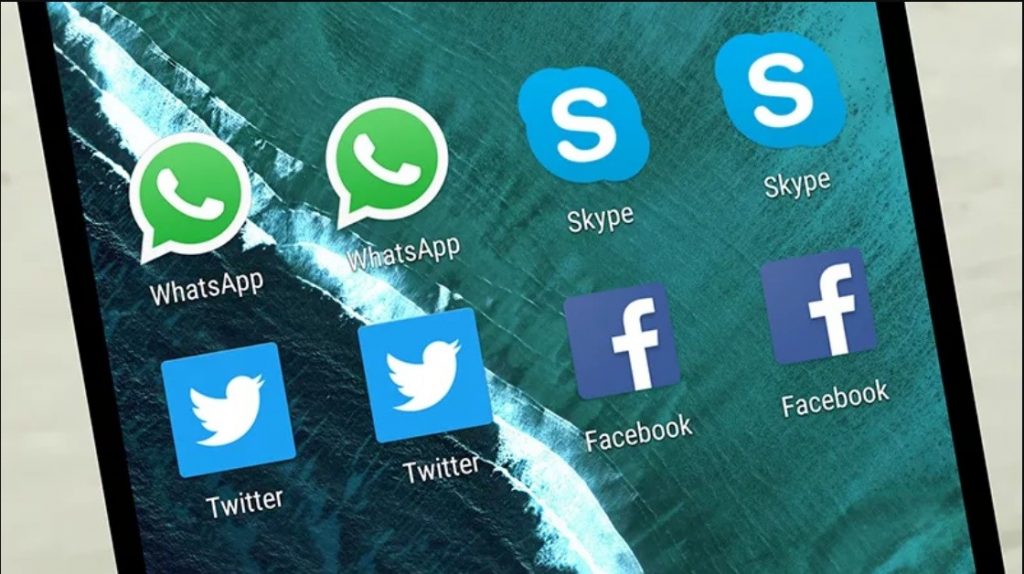Privacy has become an important factor nowadays, since the use of digital tools constantly exposes us to a possible sharing of our data. Hence, multinationals like Google, with more and more products and services in circulation, are emphasizing improvement as much as possible.
The last thing that comes from the Mountain View team is a list of modifications applied to its services, including, for example, the activation of the automatic deletion of our records in services such as search or Google Maps and that we can reverse. In addition to this, other changes in design and functionality to ultimately make our account more secure.
Automatic deletion of activity from our account
 How to disable Google location history
How to disable Google location history In a statement sent by Sundar Pichai himself, CEO of Alphabet, the executive explains the importance of privacy in these times and also emphasizes the reinforcement of security that we all need. Google talks about that keeping personal information safe is one of its pillars when developing products, and as part of this the operation of the location history is modified.
Google has previously activated automatic deletion controls for our location history, allowing us prefix periods after which the history would be history, worth the redundancy, and deleting any trace of our activity with the Google account. The next step is to prefix this deletion of the activity history for all those users who have not previously used the automatic deletion.
Automatic deletion of our history can be disabled
While many users have already chosen to set this automatic deletion with any of the periods set by Google, from 3 months to 18 months between deletions, Google has decided to activate it automatically for those accounts that had not accessed the functionality. Of course, this automatic deletion can be deactivated if desired, but now by default we will have it set to 18 months unless we have previously indicated another deletion frequency.
This deletion will affect services such as Meet while others, such as Gmail, Drive or Photos will not have it active since, according to the company itself, “they are designed to securely store your personal content whenever you need to access it.” In the case of YouTube, however, the automatic deletion of our History will be fixed at 36 months. The Google video platform will not store more than three years of our history unless, again, we want to deactivate it.
Other changes in design and functionalities

In addition to these changes regarding the automatic deletion of activity from our account, Google introduces other changes to its services that have to do with the design and the way in which we access the different sections of our account. For example, from the search engine we can reach the controls of our Google account through searches such as “Google Privacy Check” or “Is my Google account secure?”. The search will return a private and personalized box to make adjustments right there.
Google also modifies the access to the incognito mode of its different applications, from the search itself to Maps or. Youtube. The company indicates that quick access to incognito mode It is already activated in its applications for iOS and soon it will also be on Android and other platforms. The privacy controls of our account are also redesigned and made more proactive thanks to “Privacy checkup”, which recommends improvements to passwords and other factors related to the security of our data.
Is “Privacy checkup “or” Privacy checkup “ It will tell us if our passwords in the company services are secure, showing us when they have tried to violate our credentials and inviting us to change the keys periodically. Incidentally, Google indicates that it is constantly working on differential privacy and federated learning processes to enhance the privacy of our data.
“As policymakers continue their work, we will continue our work, challenging ourselves to design useful products with less data and to help raise the level of privacy for all.”










